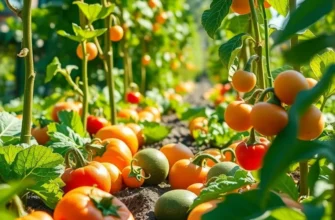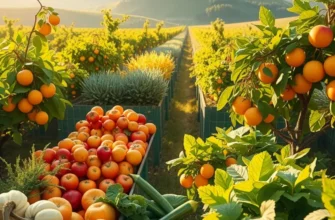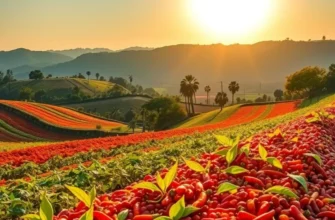Food is a universal language, and through history, culinary innovations have showcased the richness of diverse cultures. Understanding these innovations unveils a tapestry of traditions, flavors, and practices that have shaped global identities. From ancient techniques to modern reinterpretations, the world’s cuisines tell stories of resilience, creativity, and adaptation, inviting food enthusiasts to savor not only the dishes but the histories that accompany them.
Preserving Flavor: The Advent of Fermentation
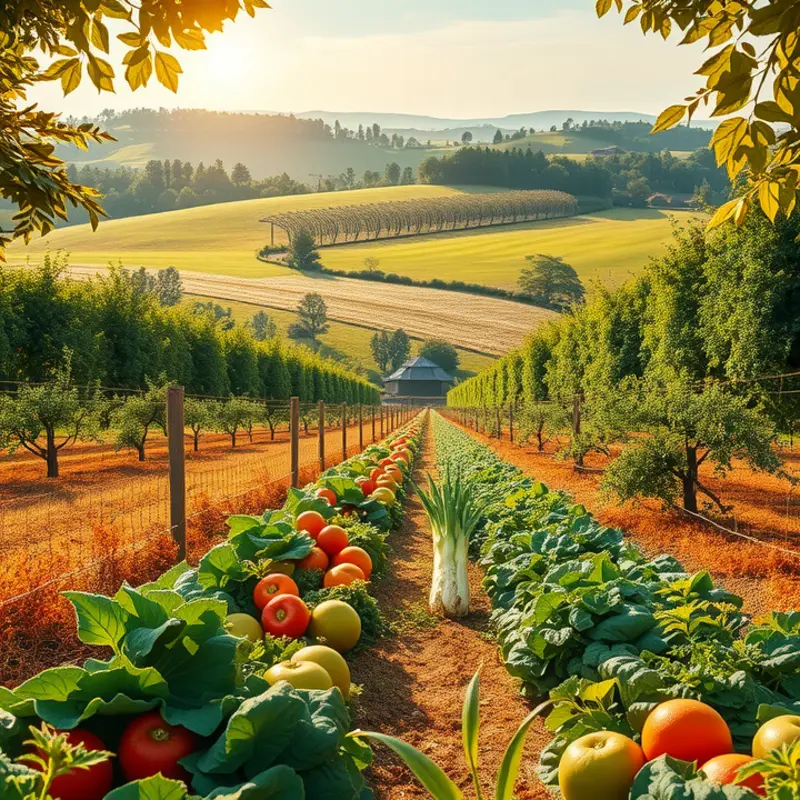
Fermentation stands as one of humankind’s oldest culinary innovations. This ancient technique, relying on the action of microorganisms, transformed food preservation and flavor enhancement across diverse cultures. Through fermentation, perishable food could be preserved, improving nutritional value and offering new taste profiles.
The process involved in fermentation is fascinating. Microorganisms such as bacteria, yeasts, and molds convert organic compounds, chiefly sugars, into alcohol or acids. This transformation preserves food by creating environments inhospitable to spoilage-causing microbes. Remarkably, while extending shelf life, fermentation also elevates flavors and nutritional content.
Korean kimchi exemplifies the rich tradition of fermentation in advancing cuisine. This iconic dish, made from napa cabbage and radishes, is bathed in a spice-laden paste. The fermentation not only preserves the vegetables but infuses them with a robust, complex flavor profile that is simultaneously pungent and umami-laden. The health benefits of kimchi, abundant in probiotics, highlight how this ages-old technique boosts gut health and supports the immune system.
Similarly, German sauerkraut illustrates the transformative power of fermentation. By fermenting cabbage, Germans created a tangy, crunchy staple that accompanies many traditional meals. The lactic acid bacteria involved not only preserve the cabbage but also enhance its vitamin C content, a vital boost historically, particularly during long winters when fresh produce was scarce. The prolongation of the food’s nutritional capacity showcases fermentation’s crucial role in dietary sustainability.
Furthermore, the global embrace of fermentation is evident in countless other culinary practices. In Japan, the fermentation of soybeans yields miso and soy sauce, while in parts of Africa, cassava is fermented to produce gari. Each application reflects a deep intertwining of culture, environment, and nutrition. The widespread adoption of fermented foods hints at a universal quest for flavor complexity and preservation solutions.
In tandem with flavor enhancement, the nutritional advantages of fermentation are noteworthy. Fermented foods are often enriched with vitamins and enzymes. They also serve as a potent source of probiotics, beneficial for digestive health. These positive effects encourage a modern resurgence of interest in fermentation, aligning with the broader trend of functional foods that support well-being.
Exploring the rich heritage of fermentation offers a lens through which one can appreciate the intricate relationships between food cultures and technical evolution. For those interested in incorporating fermented foods into modern meals, it’s beneficial to consider mindful approaches to food storage and sustainability. Resources like Safer Storage of Sauces provide guidance on maximizing the benefits of such techniques while minimizing waste.
The age-old tradition of fermentation underscores its dual role in cultural and nutritional enhancement. As societies continue to celebrate culinary diversity, the wisdom locked in fermented foods continues to enrich diets and fortify health across the world.
The Spice Trail: Culinary Innovations Through Trade
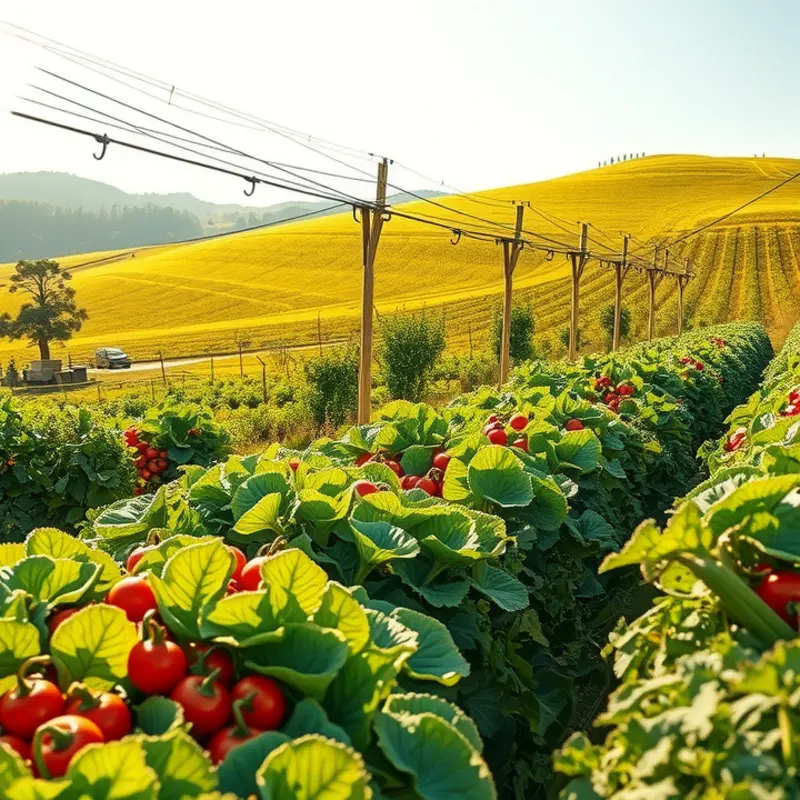
The tantalizing allure of spices has long been a catalyst for exploration and exchange. For centuries, they were considered as valuable as gold, compelling sailors to brave uncharted waters and merchants to traverse daunting landscapes. The spice trade not only reshaped diets across continents but also deeply impacted economic and social systems.
Spices such as saffron, originating from the Middle East, have been celebrated for their distinctive aromas and flavors. These wispy threads, imbued with hues of red and gold, were once the preserve of the wealthy, symbolizing prosperity and luxury. The journey of saffron, like many spices, intertwined with trade routes that spanned vast distances, leaving aromatic traces on multiple cuisines.
Peppercorns, too, played a pivotal role in transforming European cookery. Revered in ancient Rome, black pepper was later held in such high esteem that it was used as currency. Its pungent kick proved addictive, driving expansionist policies and navigational advancements. From the ports of Malabar, traders shipped pepper to European markets, where it became a staple ingredient, paving the way for the peppery profiles we find in cuisines today.
The pursuit of these spices stimulated culinary creativity. In regions such as India, the introduction of new spices led to evolving masalas that highlighted the depth and versatility of flavors. Spice blends became more intricate, acting as culinary cornerstones with the ability to transform simple ingredients into complex dishes.
Moreover, the spice trade precipitated cultural exchanges that extended beyond the culinary. As spices traveled, so did the people, their traditions imbibing foreign lands with renewed perspectives. This exchange of ideas boosted innovations in cooking methods, ingredient combinations, and even storage techniques—a topic explored further in discussions on safer storage of sauces.
Economically, spices structured trade hierarchies and established ports as pivotal hubs of commerce. Trading cities flourished, evidenced in the bustling bazaars of the Arab world and European merchant cities that thrived on exotic imports. Control over spice routes often represented wealth and power. This economic boom facilitated the emergence of middle classes with refined culinary tastes, eager to experiment with spices.
The spice trail, therefore, is a testament to the enduring impact of trade on world cuisines. It embodies a legacy of transformation, one that celebrates the myriad ways flavors transcend borders, knit cultures, and inspire gastronomic innovations. As we savor dishes rich with history, we partake in a global narrative, interwoven with the threads of saffron and the heat of pepper. Each spice carries stories of creativity and connection, flavors that continue to evolve alongside our changing world.
Final words
Culinary innovations are more than just cooking techniques; they encapsulate cultural values, human creativity, and the instinct to preserve and share. The historical pathways of fermentation and spice trade illustrate how food connects us to our roots while continuously shaping our contemporary culinary landscape. By savoring the flavors of history, food enthusiasts can appreciate not only the dishes before them but also the intricate stories that weave global cultures together. Embracing these innovations invites all to enjoy an enriched culinary journey, bridging generations and traditions in every bite.



